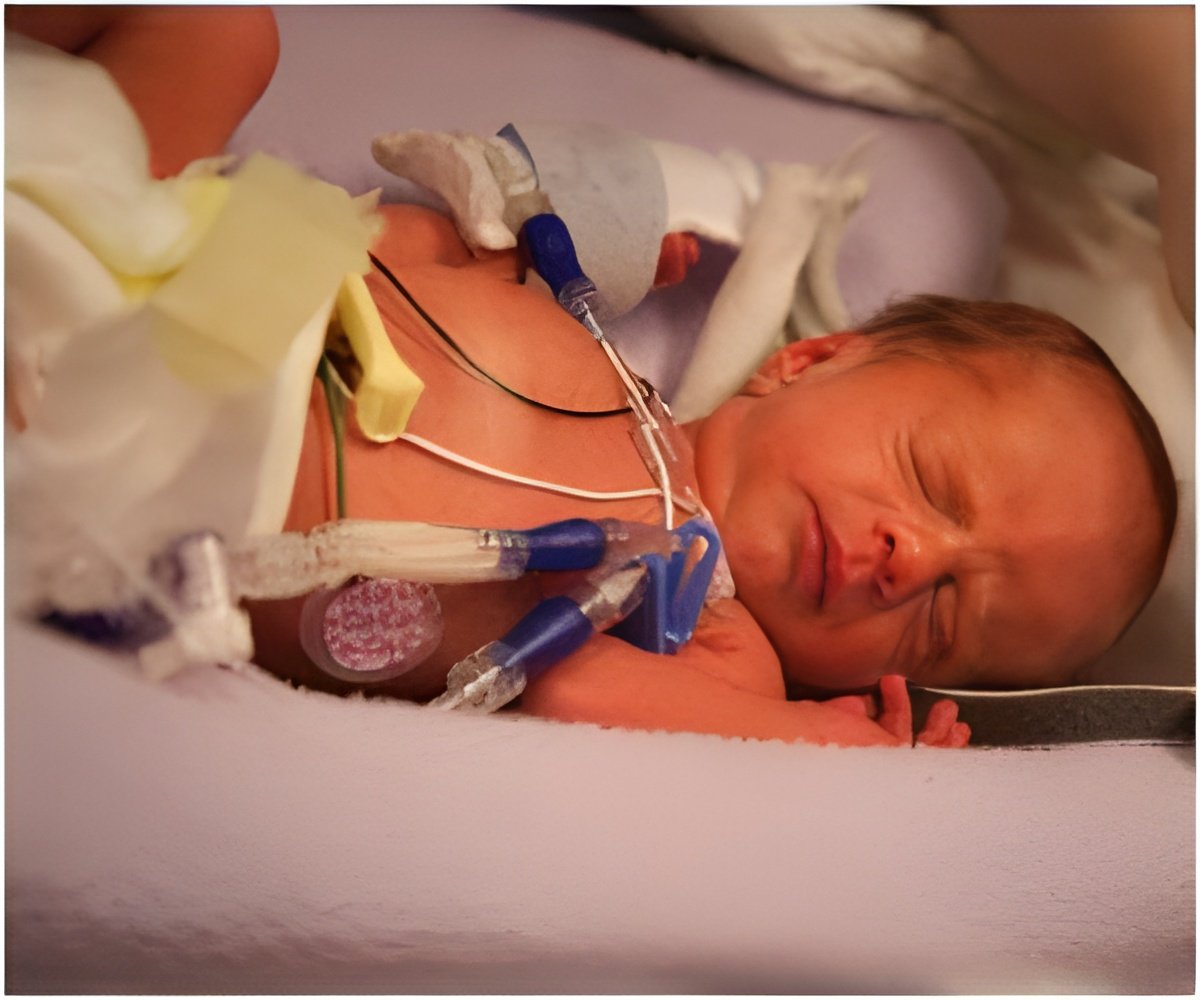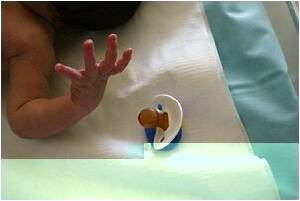
‘Dr. Vikram Prabhu proposed that neurosurgeons set a precise goal for themselves - 'No child should die of untreated hydrocephalus anywhere on this planet by 2030.'’
Tweet it Now
Hydrocephalus is very treatable with surgery. Conventional treatment involves running a shunt (a thin tube) from the brain to the abdomen and using a valve to regulate fluid draining from the brain. Excess cerebrospinal fluid is diverted to the abdominal cavity, where it is easily absorbed. But shunts are expensive and complex systems that require frequent checks and may be prone to failure. The system is difficult even in developed countries.
In developing countries, which lack the infrastructure to deal with inevitable infections and malfunctions, it is practically impossible to safely monitor and care for these devices. Neurosurgeon Benjamin Warf, developed a one-time, minimally-invasive endoscopic procedure that is safe, effective and easy to implement. (The technical term for the Warf procedure is endoscopic third ventriculostomy with choroid plexus and cauterization.)
Dr. Warf established a center in Uganda that has provided neurosurgical care to scores of children with hydrocephalus, saving many lives. Dr. Prabhu wrote, "This is one of the best paradigms of global neurosurgery, and there are lessons to be learned. The most important may be its lack of complexity; in other words, simplicity is the most powerful tool."
Healthcare in the developing world often is dictated by cost. Dr. Prabhu wrote, "The Warf procedure is an example of how sparse resources "have spurred innovative physicians to pioneer efforts that provide health care in a parsimonious manner. We have much to learn from them, and their innovations may fuel cost-effective strategies back home."
Major medical facilities are required to successfully implement complex systems that are prone to break down or not be properly implemented or updated. Dr. Prabhu wrote, "Simple solutions such as the Warf procedure can benefit areas of the world that lack such facilities."
Advertisement
Dr. Prabhu wrote, "We should set a realistic goal with a finite timeline and pour our resources into it."
Advertisement
Dr. Prabhu proposed that neurosurgeons set a similar but more precise goal for themselves: 'No child should die of untreated hydrocephalus anywhere on this planet by 2030.'
Source-Eurekalert










